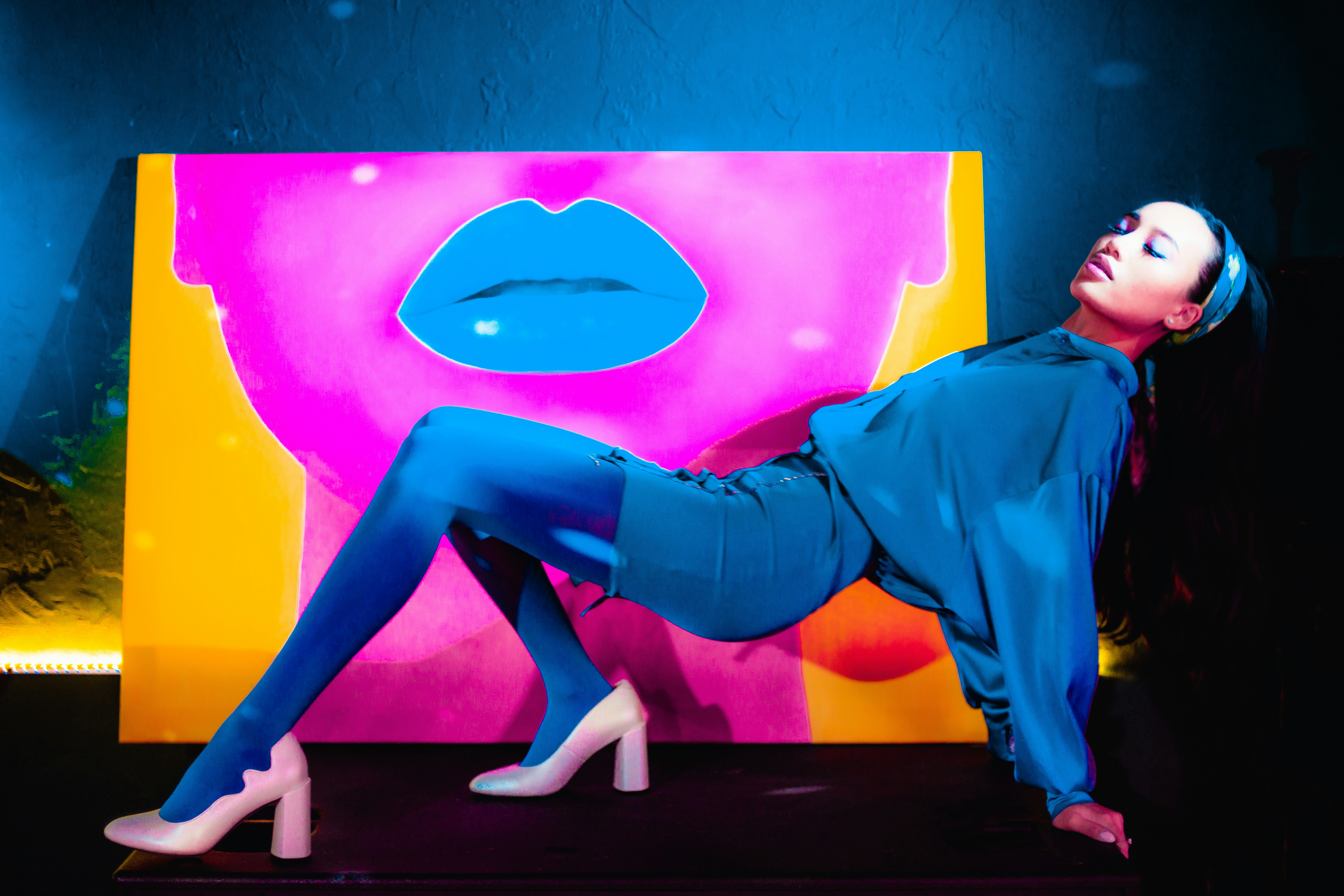Decoding the Enigma of Deconstruction in Fashion
Introduction: In the world of fashion, change is the only constant. Yet, some trends have managed to carve out a permanent niche. One such trend is Deconstruction in Fashion – a concept that initially sparked controversy and confusion, but has now emerged as a symbol of artistic rebellion and individuality. This article delves into the fascinating world of deconstruction, tracing its roots, evolution, and impact on modern fashion.

The Genesis of Deconstruction in Fashion
Deconstruction in fashion has its roots in the 1980s, with Japanese designers like Rei Kawakubo and Yohji Yamamoto pioneering the trend. They challenged the traditional norms of beauty and perfection in fashion, introducing designs that were asymmetrical, unfinished, and raw. This was a stark departure from the polished, structured designs that dominated the fashion landscape at the time.
The Appeal and Evolution of Deconstruction
Deconstruction has evolved over the years, but its essence remains the same - to challenge and disrupt the norms. Today, it has a cult following among fashion enthusiasts who appreciate its raw and anti-establishment ethos. It also serves as a platform for designers to showcase their creativity and individuality, making each piece a unique work of art.
Deconstruction’s Influence on Shopping and Consumer Behavior
Deconstruction has had a significant impact on consumer behavior. It has prompted buyers to move beyond conventional fashion norms and experiment with their style. The trend has also influenced shopping habits, with consumers seeking out pieces that are unique and have a story to tell.
Unraveling the Deconstruction Trend: Key Takeaways and Tips
-
Look for asymmetrical designs, raw edges, and unconventional patterns – these are the hallmarks of deconstruction.
-
Don’t shy away from experimenting. Deconstruction is all about breaking the norms, so feel free to mix and match.
-
Select pieces that reflect your individuality. Remember, deconstruction is not just a fashion trend; it’s a form of self-expression.
Wrapping Up: The Enduring Appeal of Deconstruction
Deconstruction in fashion is more than just a trend; it’s a movement that challenges conventional notions of beauty and perfection. It has not only changed the way we perceive fashion but also influenced our shopping habits and style choices. As we continue to push boundaries and explore new fashion frontiers, it’s clear that deconstruction will continue to intrigue, inspire, and influence for years to come.




